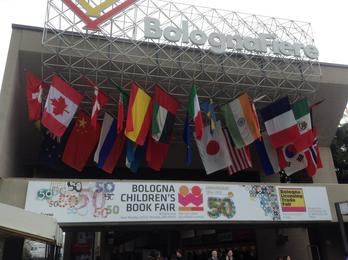
My next meeting was with Thames & Hudson, and Tiziana Zaini a former OICPS student who now works for the T&H Children’s Rights team. Known primarily for high quality art books for the adult market, the children’s list is a new direction for the publishing house.The children’s team not only had to establish themselves within the market, but also convince Thames & Hudson of the validity of creating this new list.
She and her boss gave us some insight into the way they work. It takes one year in advance of publication to secure the co-edition and foreign language deals necessary to make publication viable in its first print run. Due to the restriction of permissions, Thames & Hudson don’t offer digital content, instead they focus primarily on creating beautiful books that adults and children alike will want to display and treat as a valuable object. These are visually exquisite: The Book House displayed one of their latest titles, a paper cutting illustrated fairy tale book, in their Christmas window.
Disadvantages: time and start-up costs, including building contacts from scratch and conducting field research for younger readers. Money and investment in coming to extra fairs like Bologna, outside of Thames & Hudson’s previous publishing circle. The Rights team had only been to the fair for three years, and this year was the first that they’d felt they had successfully established themselves as a producer of children’s art materials in the eyes of their competitors and potential customers.
Advantages: Penetrating new markets, countries that wouldn’t invest in large hardback art books for adults due to costs but would happily invest in cheaper child friendly material. Likewise maintaining contacts with previous Thames & Hudson markets and expanding what they have to offer. By employing specialist editor Jane Wiltshire who had designer, editor and illustrator contacts, Thames & Hudson began to strengthen their list as an identity with a range of 25 titles, selling 350,000 copies in translation of 21 languages since 2007
Later we met with Usborne, whose striking red castle display lent itself well to the company image. Bright, playful and yet a sturdy and well recognised brand, our discussion showed the strength and expanding presence that Usborne holds in the children’s market place, particularly amongst activity books. Our contact had worked for Usborne for thirteen years and gushed about the company, saying she couldn’t imagine working anywhere else. I felt that compared to some of the others we had seen this was most definitely a giant, a well-oiled machine that delivered products for co-edition that were carefully in keeping with an established customer base expectation.
At the Lion Hudson stand, Robert Seath the International Rights Manager offered us the chance to role play a Rights deal. Zara, Judith and I became an Italian travel publishers interested in expanding our list to include biblical gift books, whilst Karly and Laura attempted to purchase the US and Spanish translation Rights for a series of activity books for their Bible belt company. Walking through the deal, it was easy to see the nuances of negotiating, and the business mind required for the job. Honesty and a careful hand were the main criteria needed. Don’t promise too much yet don’t underestimate your abilities or your customers. Karly and Laura secured their deal taking it off the table with a handshake (an industry promise) whereas my little team decided to return with further research proving we could secure a large pre-order in the gift shop market.
After our conversation with Lion Hudson we met up with our teacher, Sally Hughes, in time for the OICPS talk at the digital cafe. Zara and Judith had researched the merits of apps and ebooks, and asked South Oxfordshire children whether they thought interactivity meant they read more. Their findings showed that encouraging children to read rather than play games is an ongoing process.
Our final appointment of the day was with Oxford University Press. Polly Silk from SYP was mid-deal when we arrived so we waited a little while for the chance to speak with her and her boss Anne-Marie Hansen (keeping a hopeful eye out for handshakes and smiles!) But as we’d located an ice cream van and a bench to rest our aching feet, this wasn’t a hardship. Anne-Marie showed us the many language editions proudly displayed on OUP’s shelves, for example a modern illustrated edition of Wind in the Willows. She also explained that not all titles would sell to the markets you’d expect, for example the highly popular English picture book and young readers series Winnie the Witch has yet to break America despite 25 years of success in the UK. OUP illustrated dictionaries did very well in co-editions, with foreign publishers adapting cover designs to suit their own market (Scholastic’s Education branch adapting the cover to fit in with their own dictionary list.) The OUP stand was proudly illustrated with sea monkeys to show off their big buzz title Oliver and the Seawigs by Philip Reeve and Sarah McIntyre.
After this long and intense but incredibly beneficial day, OICPS dashed to the cloakroom to rescue our coats with fifteen minutes to spare and then headed into the centre of Bologna to celebrate our success (and Sally’s recovery of her passport) with wine and pizza, spritz aperol and a buffet. Many thanks to Sara and Laura for finding Cafe Zamboni and showing us some Italian nightlife!
I had a really wonderful time visiting the fair, witnessing the real life of publishing and seeing books find homes in new markets around the world. I would definitely recommend paying the fair a visit if you are interested in Rights or in Children's publishing, as it shows how the industry operates on a large scale. I can't wait to see what happens to the books we heard whispers about when they are published and released into the wild!
I shall leave you with an image of the catalogues I managed to scoop up on my travels...
Part One
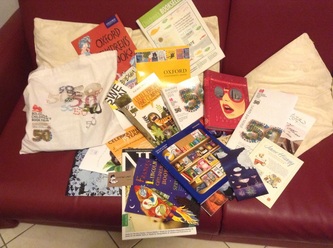
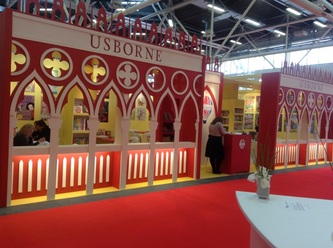
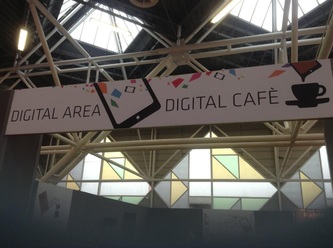
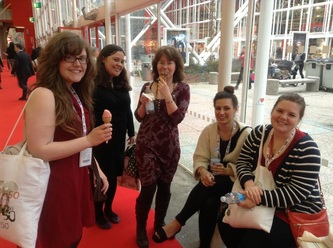
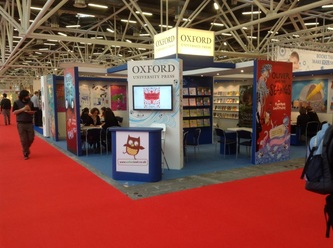
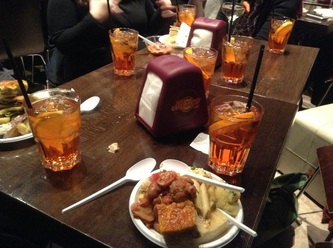

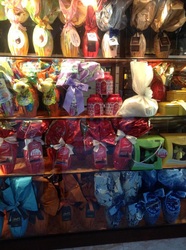

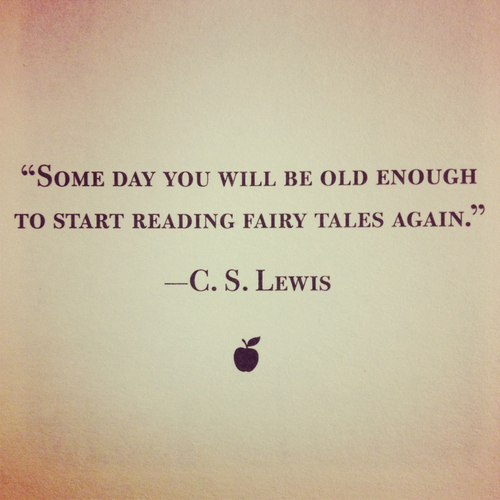

 RSS Feed
RSS Feed
